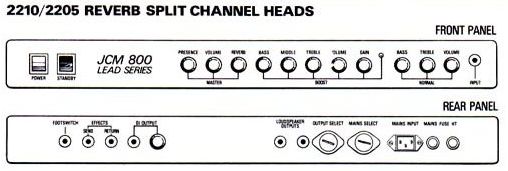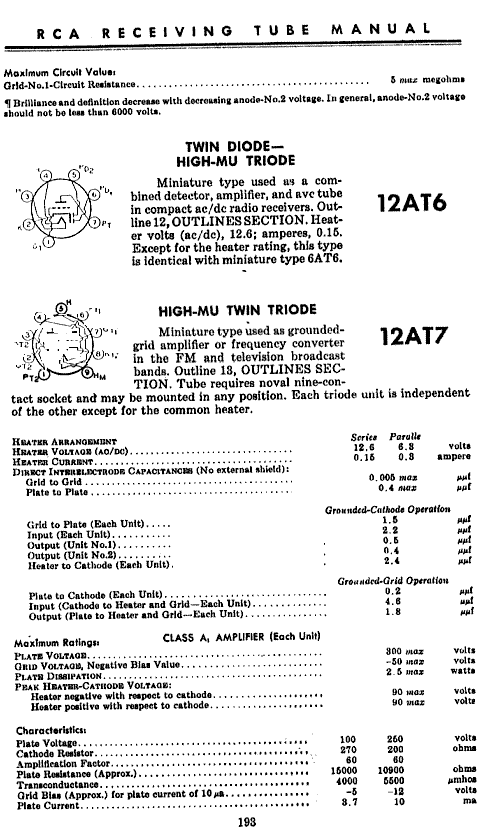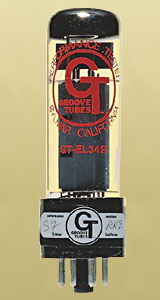For the past two decades, one name has been synonymous with the best in rock amplification. Marshall has now become a household name throughout the world as a symbol of precision acoustic engineering, to be relied on, not only for superlative sound quality, but for high performance night after night.
Each amplifier chassis is constructed from a minimum of 16 S.W.G. steel, precision cut, punched, bent and seam-welded to form a substantial, rigid foundation strong enough to take all the knocks of the road. Industrial grade cadmium passivating ensures many years of rust-free operation.
All electronic components are selected and tested to out perform their required functions, and the electrical hardware, such as switches, selectors, etc., comply to most international safety standards to ensure the user is safe from the risk of electric shock. The same applies to both the mains and output transformer, that are designed and built to withstand full output for hour upon hour. To complete the electrical specification all valves are selected from the finest grades available. Once assembled and wired, using both hand and machine techniques, each chassis is fully tested by the team of electronic engineers.
After testing and adjusting, each chassis is assembled into cabinets that are manufactured to an equal standard as the chassis. Each cabinet is made from finest quality birch ply, corner locked and r.f. bonded for immense strength and longevity. After the protective and decorative RV.C. covering is bonded and stretched onto the cabinet, A.B.S. corner protectors and air vents are riveted in position, and the heavy-duty strap handle and shock absorbing feet are screwed on.
The preamplifier section has a single input, which is then split between the normal channel and the boost channel, these are footswitch selectable, hence the terminology Split Channel. The normal' channel has volume, treble and bass controls, offering a wide range of sounds and is aimed at being the clean or rhythm channel. The 'boost' channel has an L.E.D. indicator to show selection and features gain, volume, treble, middle and bass controls. This is aimed at being the 'dirty' or lead channel and, as such, offers the player the facility of long, controllable sustain with the sound quality that has made Marshall the big name in guitar amplification.
Both channels are fed into the 'master' section that contains the footswitch-controlled Hammond reverb, presence control, effects send and return sockets, and the 'master volume' control that adjusts the apparent output power of the amplifier.
The output stage of each amplifier features either 50 watts or 100 watts of Marshall power and contains the usual Marshall items of selectable mains voltage and output impedance, fuse-holders etc., enabling the amplifier to be used world-wide with almost any loudspeaker configuration. Also on the output stage, is a frequency compensated D.I. socket and volume control to facilitate the ease of slaving or recording, yet maintaining the sound quality projected by Marshall loudspeaker systems.

These two amplifiers have undergone a major re-design programme to keep abreast of the requirements of modern bass playing trends. The amplifiers feature two mixable inputs with volume control, active treble and bass controls and a middle circuitry sweepable from 400 HZ to 1 KHZ, plus a slope control that filters the low fundamental notes for that tight punchy sound when playing loud. All this, plus an improvement of bass in the power amp, leads Marshall to believe that the 1992 is the finest 100 watt bass amplifier that they have ever produced.

This is the panel of the classic Marshall amps, so much favoured and featured by some of the world's greatest guitarists and bands. There are two models with this format:- model 1987 standard lead 50 watt, the original and legendary Marshall amplifier with its unique sweet overdriven valve sound and sustain, and model 1959 standard lead, with that incomparable 100 watt raunch. Both amps feature the same controls and twin channels, one channel is normal (input II) and the other has a high treble response. Each channel has its own volume control and is mixed into the tone network of treble, middle, bass and presence controls. Variable mains and output selectors enable both amps to be used around the world, with virtually any speaker system.

The amps were developed out of the original Marshall circuitry to enable the musician to reproduce the classic Marshall overdrive sound at any volume level. By varying the pre-amp volume, and master volume controls the sound can be varied from a clean crisp sound to a rich overdrive sound at a controllable volume. As with the standard amps, the master volume series have twin inputs, one having greatly increased gain. Both channels mix into the usual Marshall tone circuitry of treble, middle, bass and presence control. This is an exceedingly versatile amp, and perfect for the discerning guitarist.

(Source Marshallamps.com)



